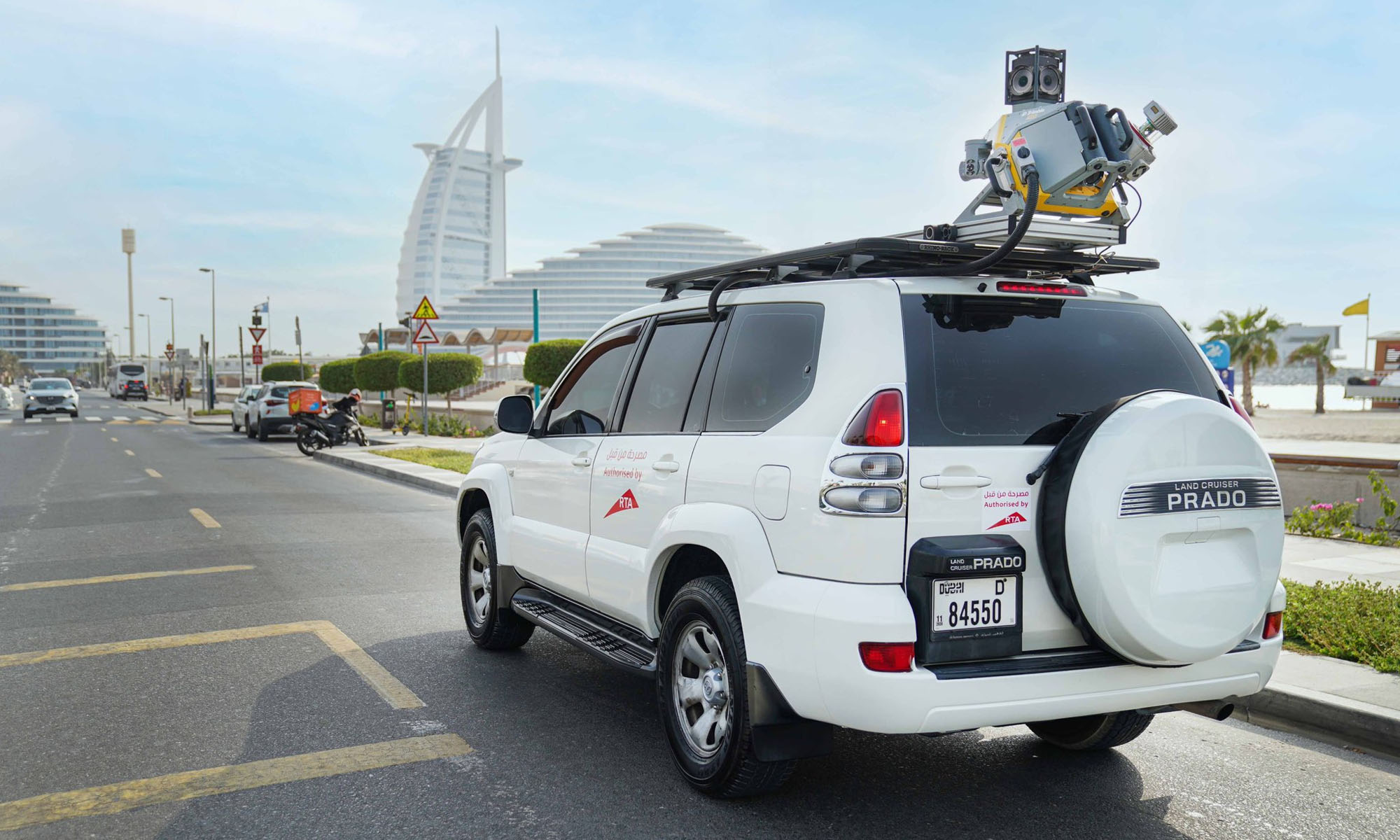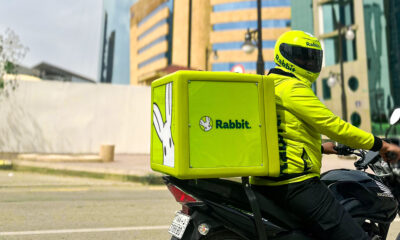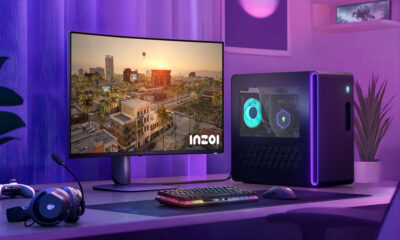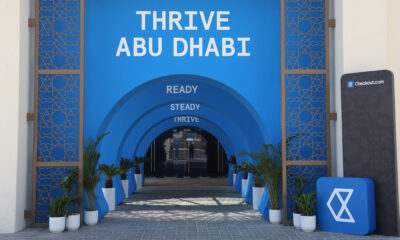News
Saudi Startup Tamara Secures $340 Million In Funding
The fintech “buy now, pay later” platform has achieved unicorn status after being valued at $1 billion.

Saudi Arabia’s “buy now, pay later” platform, Tamara, is now worth a staggering $1 billion after a recent equity funding round led by SNB Capital that raised $340 million.
Other investors included Shorooq Partners, Pinnacle Capital, and Impulse, who joined existing backers such as Checkout.com, Coatue, and Endeavor Catalyst.
Tamara plans to use the significant cash injection to build new shopping and payment products and services, and intends to become “the next big giant in shopping, payments, and banking,” according to the company’s co-founder and CEO, Abdulmajeed Alsukhan.
“Saudi Arabia and the GCC deserve their place on the world stage for financial technology. Just as Tamara was created by local entrepreneurs nurtured by a supportive local ecosystem and market regulator, we stand here today, humbled and hungry, ready for our own leapfrog moment. This achievement is a testament to the ecosystem, our incredible team, investors, and the collaborative spirit that makes this region a great place for talent to flourish,” the CEO said.
Also Read: Dubai Startup Creates Iron Man-Style Smart Contact Lens
The chief executive has also announced that Tamara is considering listing on the Saudi Arabian stock exchange and potentially in other markets in the near future. The company’s latest equity funding round comes after a debt-raising move earlier in November 2023 led by Goldman Sachs and Shorooq Partners.
With the global BNPL market projected to hit $565.8 billion in 2026, the future certainly looks bright for Tamara, with its user base of 10 million and 30,000 partner merchants spread across Saudi Arabia, the UAE, and Kuwait.
News
Dubai Integrates LiDAR & Digital Twins For Road Management
The Road and Traffic Authority hopes to enhance road maintenance with faster, safer, and more accurate assessments.

Dubai’s Roads and Transport Authority (RTA) is stepping up its road maintenance game by introducing LiDAR — short for Light Detection and Ranging — into its asset management system. This tech shift is part of a broader strategy to modernize how the city monitors and maintains its roads, using data-driven insights from digital twin platforms.
RTA has adopted the latest LiDAR (Light Detection and Ranging) technology to assess the condition of road assets and enhance the accuracy of data used in digital twin platforms. The initiative supports the development of preventive, predictive, and proactive maintenance… pic.twitter.com/8I7j9J9haw
— RTA (@rta_dubai) April 9, 2025
LiDAR isn’t new to the tech world, but RTA’s application of it marks a leap in how public infrastructure is managed. Instead of relying on slower, traditional visual inspections, lasers scan and map road conditions in real time. The result? Faster, more accurate data collection that feeds into advanced maintenance strategies — both preventive and predictive.
Hussain Al Banna, CEO of the Traffic and Roads Agency at RTA, highlighted the efficiency gains. “LiDAR technology delivers a remarkable boost in performance and speed, delivering up to 300% compared to traditional visual inspections,” he said. It’s a move that fits with Dubai’s broader vision of becoming a global model for smart, sustainable cities.
Accuracy is another key benefit. According to Al Banna, LiDAR offers up to 95% accuracy when assessing road conditions. This precision enhances the reliability of the data used for infrastructure decisions and helps streamline maintenance planning.
Also Read: Checkout.com Set To Launch Card Issuing In The UAE
LiDAR also enables safer inspections of high-up or hard-to-reach assets — think traffic lights, road signs, and lighting poles. This kind of efficiency isn’t just about numbers; it also reduces (or even eliminates) the need for manual labor in hazardous environments.
The scale of coverage is another game-changer. LiDAR will allow the RTA to scan around 80 kilometers of roads in a single day — a massive improvement compared to older methods, which typically cap out at 3 kilometers per day. Scanning can also be done on the move, at speeds between 30 and 100 km/h, helping to avoid road closures and traffic blockages.
Al Banna also emphasized the value of this real-time, high-resolution data in long-term planning: “This advanced technology delivers highly accurate data and detailed analysis of asset conditions, supporting the long-term sustainability of the Assets Condition Index (ACI)”. He noted that it helps in smart scheduling of maintenance, especially predictive tasks, by prioritizing based on strategic needs.
























